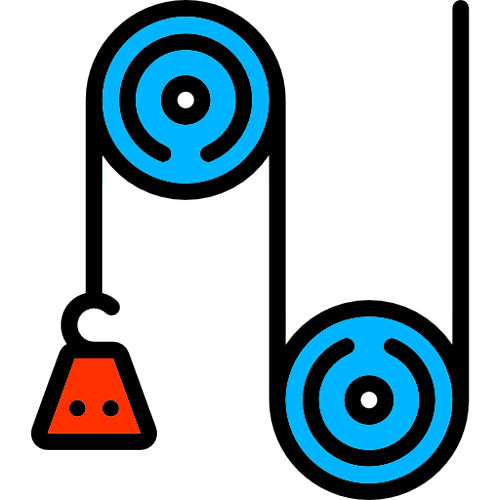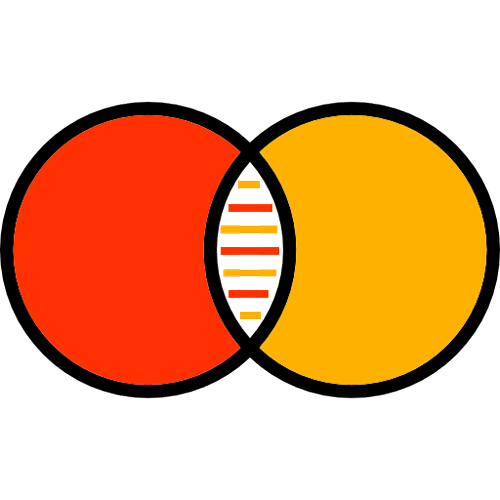
THE ATHLETE’S TOOLBOX
A RESOURCE KIT DESIGNED BY ENSO MOVEMENT TO PROVIDE PHYSICAL PROGRESSION AND SKILL DEVELOPMENT FOR ATHLETES
ABOUT THE TOOLBOX
Most master craftsmen carry a box that organizes a few tools used for their trade. Every tool acts an extension of the individual’s ability to interact with their environment or to achieve a specific goal. Although tools are often used as a means to an end, it is their implementation that gives tools great importance and distinction. Like any craftsmen, every athlete should have a toolbox that gives them the ability to respond appropriately for progression.
Are you having trouble gaining strength? Difficulty increasing your capability to perform exercises? Unlike weight training progress, which is determined and measured by increased weight, body weight training and calisthenics can be tough to advance. Movement and calisthenics athletes must be more creative to challenge their strength, balance, and stability.
The tools in the Athlete’s Toolbox help you maximize your individual strength potential and movement capability towards your final personal goals.
Effective use of tools means that any athlete can train and progress in calisthenics or movement – whether in handbalancing, parkour, etc. Every tool is different depending on an athlete’s level. How we choose is greatly determined by what, when, where, why, and how. By selecting the right tool for the situation, your physical progression will never stop.
After instructing thousands of students, Enso Movement has evaluated ten specific tools for athletes to advance. We’ll share a quick overview of each tool and how to use them. You’ll walk away with the ability to choose the right tool to elevate your strength and skills to the next level.

ASSISTANCE
Reduce load for applied strength and development
Use a resistance band, appropriate weight, or a friend’s assistance to reinforce a movement pattern or applied strength when an exercise is too difficult.
Load reduction through assistance is one of the best tools in “connecting the dots” for learning. It can act as an intermediary-step between two different progressions.
Use a resistance band to help with pull-ups. A helping hand for muscle-ups. Towels for the one armed pull-up.

ANGLES
Adjusting for difficulty
Scale the strength demands of an exercise by changing the length of a lever. Typically shorter body lengths will decrease required torque and physical strength.
The subtle changes to an angle or approach scales the demands of an exercise. The “angles of attack” make a big difference in working towards any movement goal.
Hands on a sturdy object for incline push-ups. Lean forward on planche progressions.

ISOMETRICS
Hold a static flexed position
A fancy way of saying “a static exercise” that recruits muscle without expanding or compressing. You’re still placing a demand on the muscle group.
Often ideal for athletes training with limited space, improving body positioning, or complimenting their dynamic exercise regiment. Exercises can combine both upper and lower body movements.
With your arms flexed, stop and hold halfway up on a pull-up. Engage the lower body so that you’re in a hollow position.

ECCENTRICS
Perform negative movement
A specific phase of tension being applied to a muscle as it lengthens. Essentially it’s a “braking” or “lowering” force that opposes a movement from the center.
Eccentric training places a greater demand on your muscles to strengthen your nervous system, tendons, and ligaments. This style of training is great to decrease your risk of injury.
At the top of a pull-up, decelerate or slow your return to the starting hanging position.

PAUSE REPS
Stop between repetitions
Force the challenge of strength by breaking your momentum that comes with elastic energy. When you pause, only your pure strength can produce the force you need.
Only a small pause is needed to gain the advantages that the simple technique produces. No need to overthink this one – stop just long enough so that your momentum is dissipated.
Pause at the bottom of a push-up for two seconds before returning to the starting position.

STABILITY
Improve balance and positioning
Change the base of your stability to challenge your balance and core strength. Use angled surfaces, unstable planes, or tools like bosu balls to create the “instability” you need.
Improving your stability will lower your risk of injury, strengthen motor patterns, and increase your endurance. Intentional “unstable” environments has a place in every athlete’s regiment.
Perform push-ups on a bosu ball or squats on a ledge or rail. Pick up taiji or yoga to challenge your sense of balance.

WEIGHT
Increase load for strength development
Incorporating weights can be as simple as using a weighted backpack, belt, or vest. A little more resistance will keep you on the path to building muscle and strength.
How much weight should you add? Too little won’t push gains; too much risks injury. After mastering good positioning and control, add a little weight at a time to moderate the sense of challenge.
When you’re able to perform 8-12 repetitions of an exercise with good form, begin by gradually adding 2.5-5lbs.

SET & REPETITION SCHEME
Moderating volume and performance
Break sets and repetitions to target a specific level of exertion. Modifying the range of sets and/or repetitions will substantially change the exercise intensity.
A crucial concept to understand is where your level is and how you want to push it through adaptation. This tool’s training parameters can be varied and progressed to different scales.
Consider your goals to plan your set/rep scheme. Strength? Hard exercises with low reps. Endurance? High volume of reps.

TIME
Frequency and rest for recovery
Replenish with an appropriate rest period between sets of strength training exercises. Take active rest after working out to give your body the time to recover.
Most often, active rest is neglected, even by the best athletes. Taking a step back gives our bodies the time and ability to refuel energy, fight fatigue, and recover for growth.
Between sets, rest the following: Power 2-5 minutes; strength 1-2 minutes; and endurance 30-60 seconds.

COMBINATIONS
Build complexity
Use two or more tools together to compound progression towards your goals. Adding practical and effective turbulence to your training shows a good understanding of the Athlete’s Toolbox.
Some pairings are better than others. You’ll have to be creative in testing different combinations. Consider your level, goals, and safety before combining.
Great combinations: Angles and stability; isometrics and assistance; eccentrics and assistance; and weight with sets and reps.
